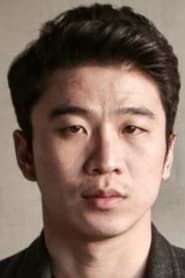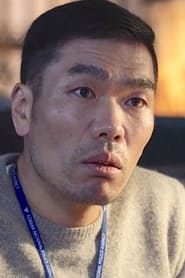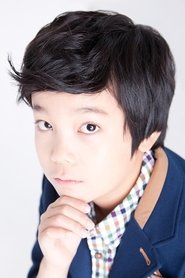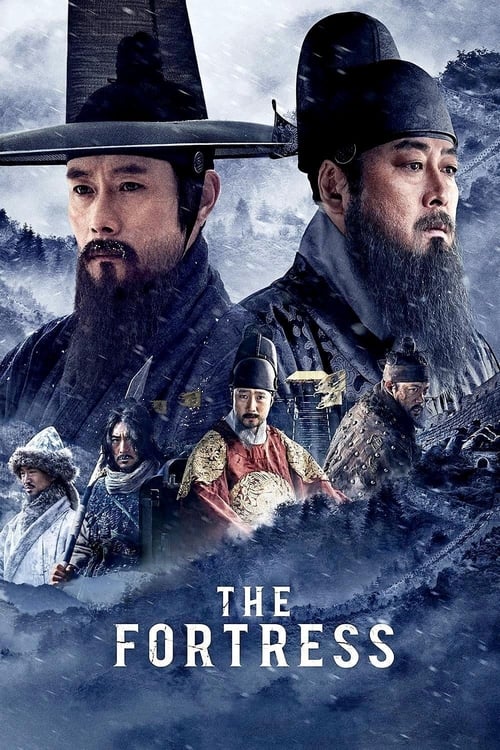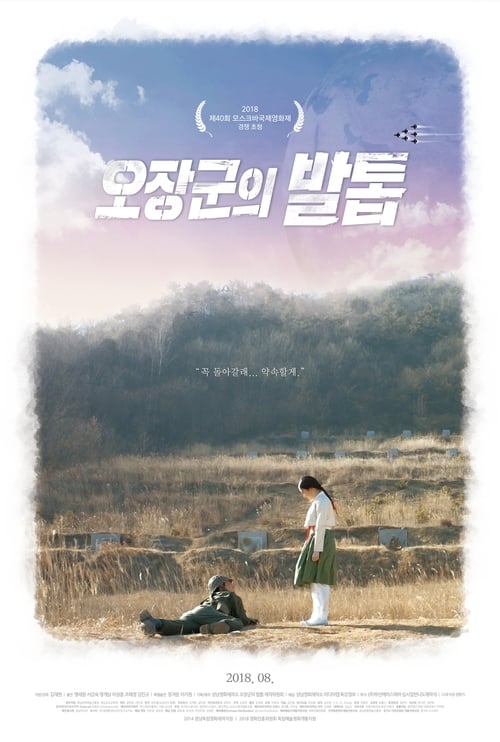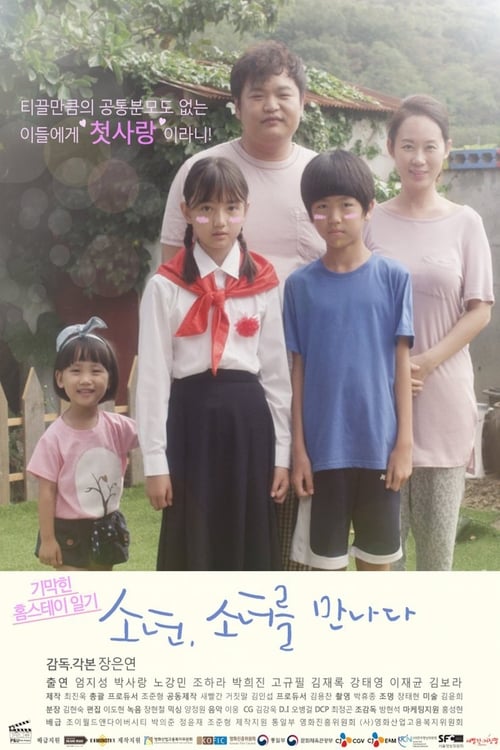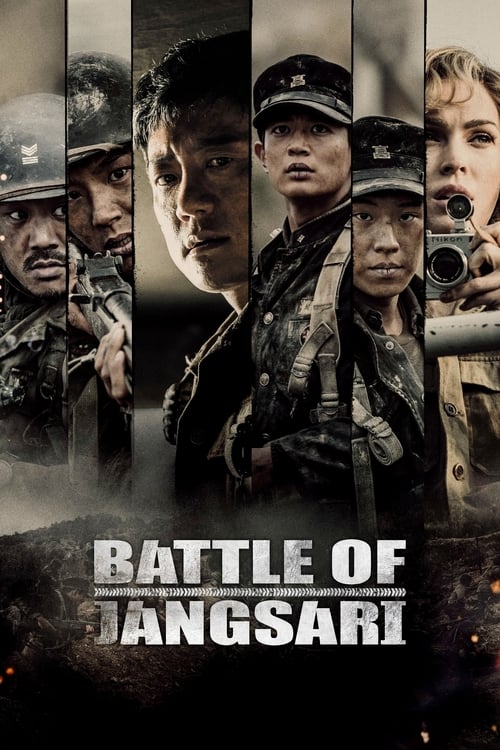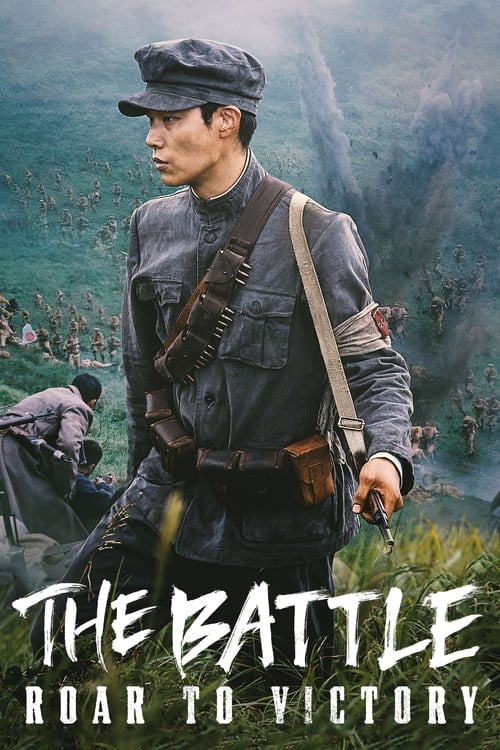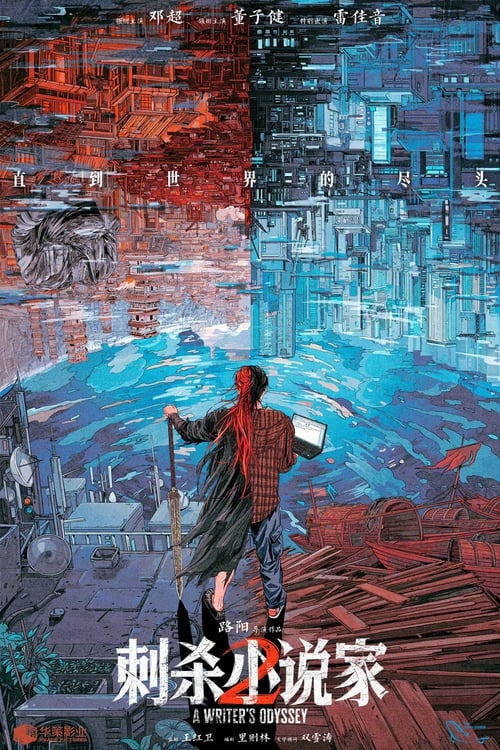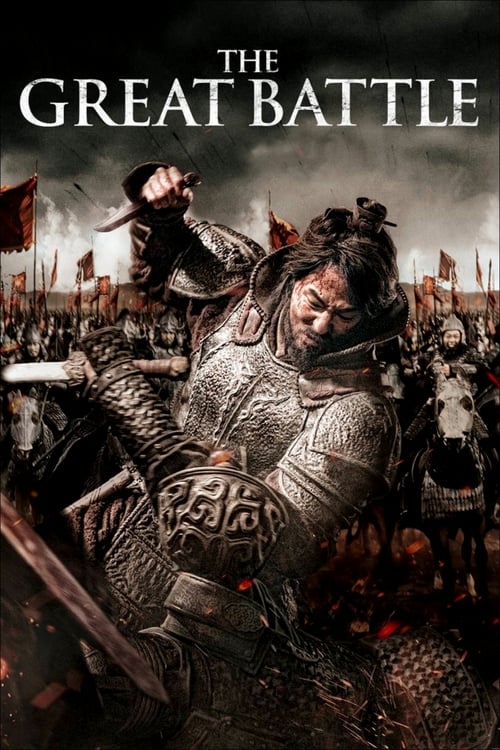
Ask Your Own Question
What is the plot?
What is the ending?
In the ending of "The Battleship Island," the main characters face a desperate escape from the island as they confront the brutal realities of their situation. After a fierce battle against the Japanese soldiers, the survivors make a final attempt to flee the island, leading to a tragic yet heroic conclusion for many of them.
As the film reaches its climax, the characters are driven by a mix of hope and despair. The remaining survivors, including the determined father, Lee Kang-Ok, and the courageous women and children, make a last stand against their captors. The emotional weight of their struggle is palpable as they fight for freedom, knowing the risks involved.
In the end, Lee Kang-Ok sacrifices himself to ensure the escape of the others, showcasing his love and commitment to his daughter, who ultimately makes it to safety. The film closes with a poignant reflection on the cost of freedom and the resilience of the human spirit.
As the final act of "The Battleship Island" unfolds, the tension escalates dramatically. The scene opens with the remaining prisoners, now fully aware of the impending danger as the Japanese soldiers tighten their grip on the island. Lee Kang-Ok, a father desperate to protect his daughter, is at the forefront of this struggle. His determination is evident in his furrowed brow and clenched fists, embodying the weight of responsibility he carries.
The prisoners gather in a dimly lit room, their faces etched with fear and resolve. They discuss their plan to escape, knowing that the odds are stacked against them. The atmosphere is thick with anxiety, but there is also a flicker of hope. The camera captures close-ups of their expressions, revealing the internal conflicts they face--fear of failure, the desire for freedom, and the love for their families.
As night falls, the group makes their move. They stealthily navigate through the darkened corridors of the island, the sound of their footsteps echoing ominously. The tension builds as they encounter guards, leading to a series of intense confrontations. The cinematography highlights the chaos of the moment, with quick cuts between the prisoners' frantic movements and the soldiers' ruthless pursuit.
In a pivotal moment, Lee Kang-Ok finds himself cornered by a soldier. The fight is brutal, showcasing the desperation of a father willing to do anything to protect his child. The struggle is visceral, with each blow exchanged reflecting the stakes of their fight for survival. Ultimately, Lee overpowers the soldier, but not without sustaining injuries that will haunt him in the moments to come.
As the group reaches the edge of the island, they are met with a harrowing sight: the ocean, both a symbol of freedom and a barrier to their escape. The camera pans out to reveal the vastness of the sea, contrasting with the claustrophobic confines of the island. The prisoners are torn between the fear of the unknown and the hope of liberation.
In a heart-wrenching moment, Lee Kang-Ok realizes that not everyone will make it out. He turns to his daughter, who is terrified but resolute. He reassures her, his voice trembling with emotion, urging her to go on without him. The bond between them is palpable, filled with love and sacrifice. As he pushes her towards the water, the camera captures the tears streaming down her face, a visual testament to their bond.
As the escape unfolds, chaos erupts. The remaining prisoners rush towards the water, but the soldiers are relentless. Gunfire erupts, and the scene becomes a cacophony of screams and splashes. The emotional weight of the moment is heavy, as the audience witnesses the sacrifices made for freedom.
In the final moments, Lee Kang-Ok stands his ground against the soldiers, buying precious time for the others to escape. The camera lingers on his face, a mixture of determination and sorrow, as he faces his fate. The sound of gunfire fades, and the screen cuts to black, leaving the audience with the haunting image of his sacrifice.
The film concludes with a poignant montage of the survivors reaching the shore, their faces a mix of relief and grief. They look back at the island, a place of suffering and loss, but also of resilience. The final shot lingers on Lee Kang-Ok's daughter, now free but forever changed by the events that transpired. The screen fades to black, leaving the audience to reflect on the cost of freedom and the enduring spirit of those who fought for it.
Is there a post-credit scene?
The movie "The Battleship Island" does not have a post-credit scene. After the film concludes, the credits roll without any additional scenes or content following them. The film wraps up its intense narrative focused on the struggles of Korean laborers during World War II on Hashima Island, leaving the audience with the emotional weight of the story rather than any further developments or hints at sequels.
What motivates the character Lee Kang-ok to escape from Battleship Island?
Lee Kang-ok, portrayed by Song Joong-ki, is driven by a deep desire to protect his daughter, who is left behind in Korea. His love for her and the hope of reuniting with her fuels his determination to escape the harsh conditions of the island, where he is forced to work in the coal mines under brutal Japanese rule.
How does the character Park Moo-young contribute to the escape plan from Battleship Island?
Park Moo-young, played by So Ji-sub, is a former independence fighter who becomes a key figure in the escape plan. His strategic thinking and combat skills are crucial as he organizes the group of prisoners, instilling hope and courage in them. His personal vendetta against the Japanese also adds a layer of urgency to the escape.
What role does the character Seo Joo-hee play in the story, and how does her relationship with Lee Kang-ok evolve?
Seo Joo-hee, portrayed by Han Hyo-joo, is a singer who becomes a symbol of hope and resilience on the island. Initially, she is focused on survival, but as she grows closer to Lee Kang-ok, their bond deepens. Joo-hee's emotional support and shared dreams of freedom strengthen Kang-ok's resolve, making her an integral part of the escape narrative.
What are the conditions like on Battleship Island, and how do they affect the characters?
The conditions on Battleship Island are dire, with prisoners subjected to grueling labor in the coal mines, malnutrition, and constant fear of violence from their captors. This oppressive environment shapes the characters' motivations, pushing them to seek freedom at any cost. The physical and emotional toll of their captivity is vividly depicted, highlighting their struggles and resilience.
How does the character Hashimoto represent the complexities of the Japanese soldiers on Battleship Island?
Hashimoto, played by Kōji Seto, is a Japanese soldier who exhibits a mix of cruelty and conflicted emotions. His interactions with the Korean prisoners reveal the complexities of his character; while he enforces the brutal regime, he also shows moments of doubt and humanity. This duality adds depth to the narrative, illustrating the moral ambiguities faced by individuals in wartime.
Is this family friendly?
"The Battleship Island," produced in 2017, is not considered family-friendly due to its intense and mature themes. The film depicts the harsh realities of life during World War II, particularly focusing on the experiences of Korean laborers on Hashima Island.
Potentially objectionable or upsetting aspects include:
-
Violence and Brutality: The film contains scenes of physical violence, including beatings and executions, which may be distressing for younger viewers.
-
War Atrocities: There are depictions of the suffering endured by the characters, including forced labor and the impact of war on civilians, which can be emotionally heavy.
-
Death and Loss: The narrative involves significant loss of life and the emotional toll it takes on the characters, which may be upsetting for sensitive viewers.
-
Themes of Oppression: The film explores themes of oppression and exploitation, showcasing the struggles of the characters against their captors, which can be intense and disturbing.
-
Graphic Imagery: Some scenes may include graphic imagery that portrays the harsh conditions and treatment of the characters, which could be unsettling.
Overall, the film's serious subject matter and graphic content make it more suitable for mature audiences.
















